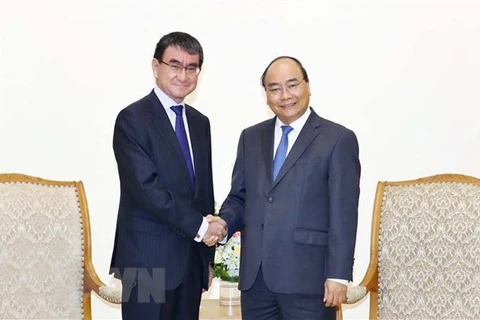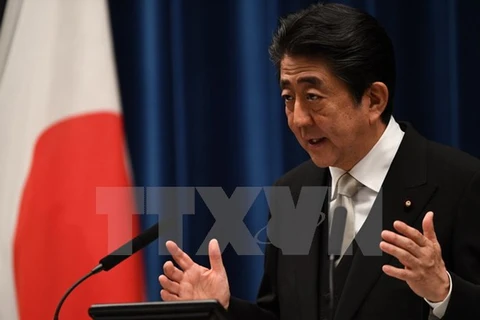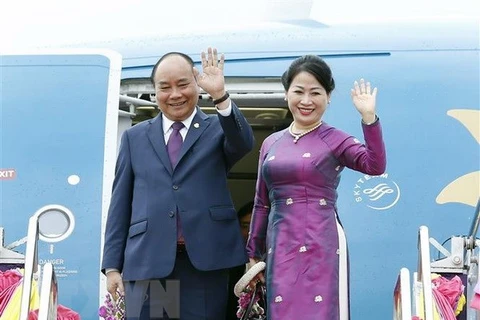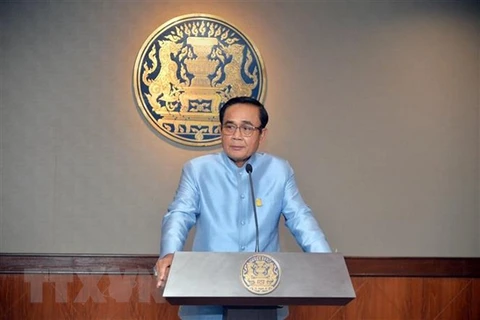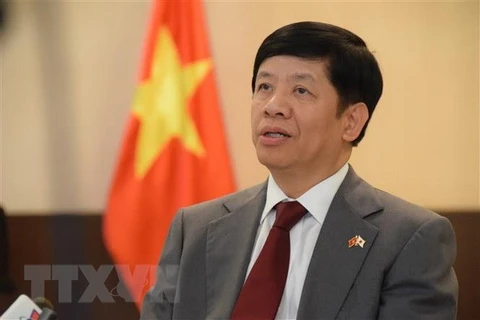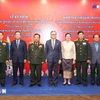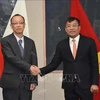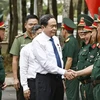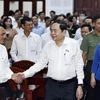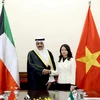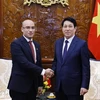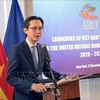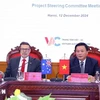Hanoi (VNA) – Vietnam has participated proactively and made significant contributions to the Mekong-Japan cooperation mechanism, which was set up ten years ago by Japan and five Mekong nations of Cambodia, Laos, Myanmar, Thailand, and Vietnam.
In the past decade, Vietnam has affirmed its increasingly important role in the cooperation mechanism by actively involving a line-up of activities like the Green Mekong Forum, and cooperative programmes in environment, clean water, disaster prevention, among others.
The country is drawing up a plan for the cooperative activities in 2019-2021 period.
Vietnamese ministries and sectors have involved in some 100 projects carried out in the framework of the mechanism. Among them, Lach Huyen deep-water port, Noi Bai International Airport’s terminal 2, O Mon thermal power plant, and Nghi Son 2 thermal power plant are important projects to Vietnam’s infrastructure system. Thanks to the mechanism, the country has already built and operated an electric customs clearance system and produced measles-rubella vaccine.
Besides, it has put forth projects to connect the Sub-Mekong region and integrate the Mekong water resources management into the cooperation mechanism.
Japan recommended the Japan-Mekong partnership programme at the 12th ASEAN Summit in 2007. Since then, member countries of the cooperation mechanism has organised nine high-level meetings, 11 ministerial meetings and economic ministers’ meetings, reaching various agreements.
During 2009-2012, their cooperation focused on soft and hard infrastructure, sustainable development, narrowing development gap, environmental protection, response to challenges like diseases and natural disasters, and enhancing exchanges between Mekong countries and Japan.
Meanwhile, they worked together to bolster connection within the Sub-Mekong region, between the Sub-Mekong region with other parts of the world, and between Mekong countries and Japan during 2013-2015. Also, the Mekong development roadmap for 2012-2015, and the Mekong-Japan Economic and Industrial Cooperation Initiative were carried out.
For 2016-2018 period, aiming to attain the “quality growth”, and continue sustainable economic development, the countries joined hands to branch out industrial infrastructure as well as develop transport links between Mekong countries and other regions. In addition, they worked to expand industrial sectors and regional value chain, improve human resources, foster institutional and economic connection and people-to-people exchanges, and accelerate sustainable development towards a green Mekong.
At the 7th Mekong-Japan Summit Meeting in Tokyo on July 4, 2015, Japanese Prime Minister Shinzo Abe announced the official development assistance of about 750 billion JPY, or 7 billion USD, to the five Mekong countries to carry out the New Tokyo Strategy 2015 for Mekong-Japan Cooperation. Japan also prioritised the Sub-Mekong region when carry out the “Partnership for Quality Infrastructure” initiative in collaboration with the Asian Development Bank. The 110 billion USD project aimed to developing high-quality infrastructure in Asia-Pacific.
Furthermore, the Mekong Industrial Development Vision for the 2016-2018 period has been carried out under the Mekong-Japan cooperation mechanism.-VNA
VNA

